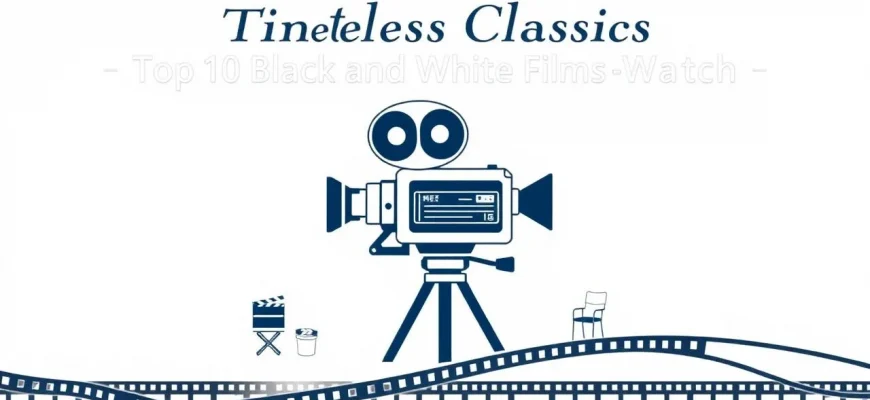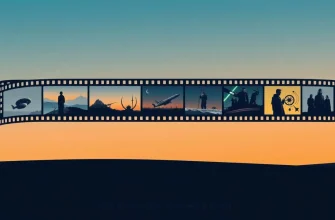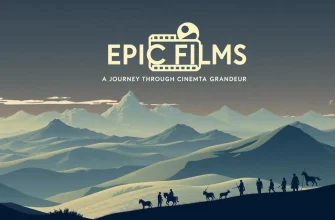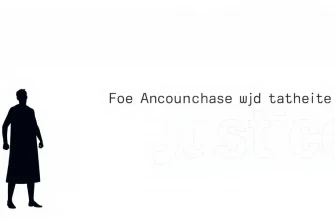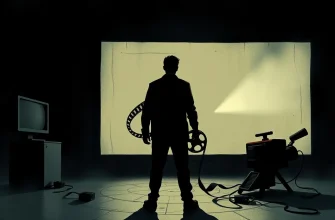Black and white films have a timeless charm, offering a unique visual experience that can evoke a sense of nostalgia, depth, and artistic expression. This collection of 10 black and white films spans various genres and eras, showcasing the power of storytelling through the lens of monochrome cinematography. Whether you're a cinephile or just looking to explore the classics, these films provide a window into the past, highlighting the artistry and innovation of cinema's golden age.
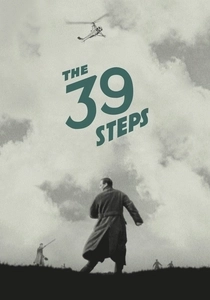
The 39 Steps (1935)
Description: Alfred Hitchcock's early thriller uses black and white to build suspense and mystery, with its fast-paced plot and iconic chase scenes.
Fact: This film established many of the themes and techniques Hitchcock would later refine in his career.
 Watch Now
Watch Now 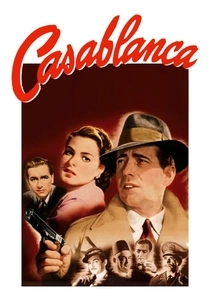
Casablanca (1942)
Description: Set during World War II, this classic romance and drama film is renowned for its unforgettable lines and the iconic performance by Humphrey Bogart. The black and white palette enhances the film's dramatic tension.
Fact: The script was being written as the film was being shot, leading to many spontaneous lines and scenes.
 Watch Now
Watch Now 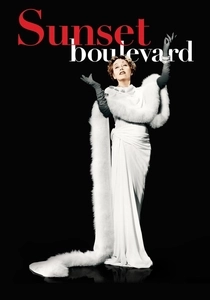
Sunset Boulevard (1950)
Description: This film noir classic delves into the dark side of Hollywood, with its black and white cinematography enhancing the film's moody, atmospheric narrative.
Fact: The film was nominated for 11 Academy Awards, winning three, including Best Story and Screenplay.
 Watch Now
Watch Now 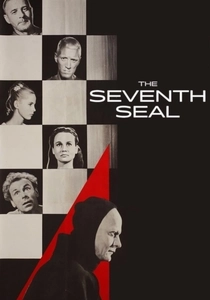
The Seventh Seal (1957)
Description: Ingmar Bergman's existential masterpiece explores themes of death and faith, with the stark black and white imagery amplifying the film's philosophical depth.
Fact: The film was inspired by Bergman's own experience with death during a childhood illness.
 Watch Now
Watch Now 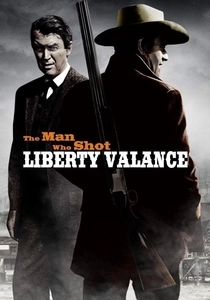
The Man Who Shot Liberty Valance (1962)
Description: John Ford's western explores the myth versus reality of the American West, with black and white cinematography adding to the film's timeless quality.
Fact: This was one of the last major Westerns to be filmed in black and white.
 Watch Now
Watch Now 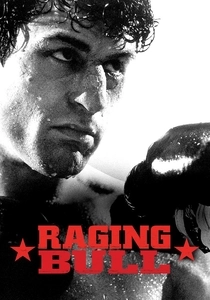
Raging Bull (1980)
Description: Martin Scorsese's biopic of boxer Jake LaMotta uses black and white to capture the raw, gritty atmosphere of the boxing world, enhancing the film's emotional intensity.
Fact: Robert De Niro gained 60 pounds for the role, showcasing his dedication to the character's physical transformation.
 Watch Now
Watch Now 
Schindler's List (1993)
Description: Steven Spielberg's poignant portrayal of Oskar Schindler's efforts to save Jews during the Holocaust uses black and white to convey the gravity and stark reality of the era.
Fact: The film was shot in black and white to reflect the period's newsreels and to emphasize the historical authenticity.
 Watch Now
Watch Now 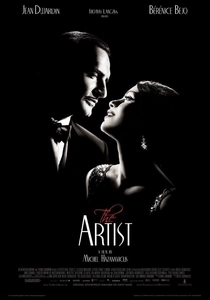
The Artist (2011)
Description: This silent film pays homage to the era of silent cinema, telling the story of a fading movie star and the rise of talkies. Its black and white aesthetic perfectly captures the essence of the time.
Fact: The film won five Academy Awards, including Best Picture, and was the first silent film to do so since
 Watch Now
Watch Now 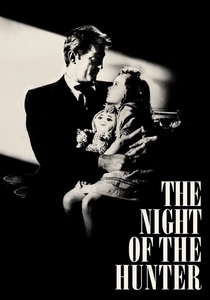
The Night of the Hunter (1955)
Description: Charles Laughton's only directorial effort is a chilling tale of good versus evil, with its black and white visuals creating a haunting, almost expressionistic atmosphere.
Fact: The film was a commercial failure upon release but has since been recognized as a masterpiece of American cinema.
 30 Days Free
30 Days Free 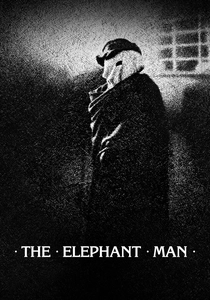
The Elephant Man (1980)
Description: David Lynch's sensitive depiction of Joseph Merrick's life uses black and white to focus on the human condition, stripping away distractions to reveal the inner beauty of its subject.
Fact: The film was shot in black and white to avoid the grotesque appearance of Merrick's condition being too shocking for audiences.
 30 Days Free
30 Days Free 
